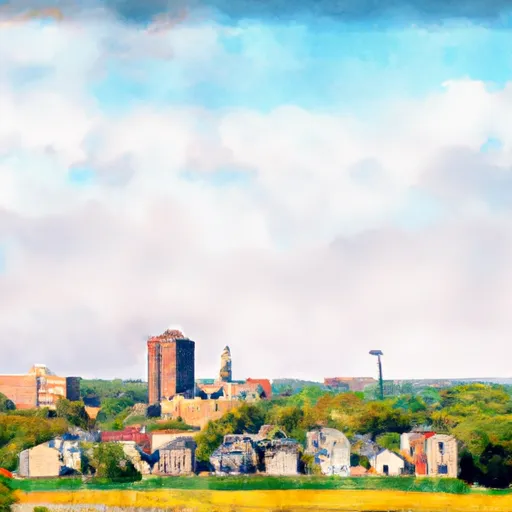°F
°F
mph
Windspeed
%
Humidity











South English is a charming small town located in the southeastern part of Iowa, USA. Known for its picturesque landscapes and friendly community, the town experiences a humid continental climate. Summers are typically warm and humid, with average temperatures ranging from the mid-70s to low 80s Fahrenheit. Winters are cold and snowy, with temperatures often dropping below freezing.
The town is situated near the English River, which serves as an important hydrological feature. The river provides opportunities for various water-based activities, including fishing, kayaking, and canoeing. It also supports diverse aquatic life, attracting anglers and nature enthusiasts.
Outdoor recreation opportunities in South English are abundant. The area is surrounded by beautiful natural areas, such as Lake Darling State Park and Stephens State Forest. These locations offer opportunities for hiking, camping, wildlife watching, and birding. South English is also home to several parks and trails, providing spaces for walking, biking, and picnicking.
In summary, South English, Iowa offers a pleasant climate with warm summers and snowy winters. The hydrology constituents principally revolve around the English River, providing opportunities for fishing and water-based activities. With its picturesque natural areas and parks, the town offers ample outdoor recreation opportunities for residents and visitors alike.
Weather Forecast
South-English receives approximately 918mm of rain per year, with humidity levels near 84% and air temperatures averaging around 10°C. South-English has a plant hardyness factor of 5, meaning plants and agriculture in this region thrive during a short period during spring and early summer. Most plants will die off during the colder winter months.
Regional Streamflow Levels
50,400
Cubic Feet Per Second
5
Cubic Feet Per Second
197
Cubic Feet Per Second
70
Cubic Feet Per Second
Nearby Camping
| Camping Area | Reservations | Toilets | Showers |
|---|---|---|---|
| Robinson Point - Norfolk Lake | |||
| Henderson - Norfolk Lake | |||
| Jordan - Norfolk Lake | |||
| Panther Bay - Norfolk Lake | |||
| Georges Cove - Norfolk Lake | |||
| Blanchard Springs |



